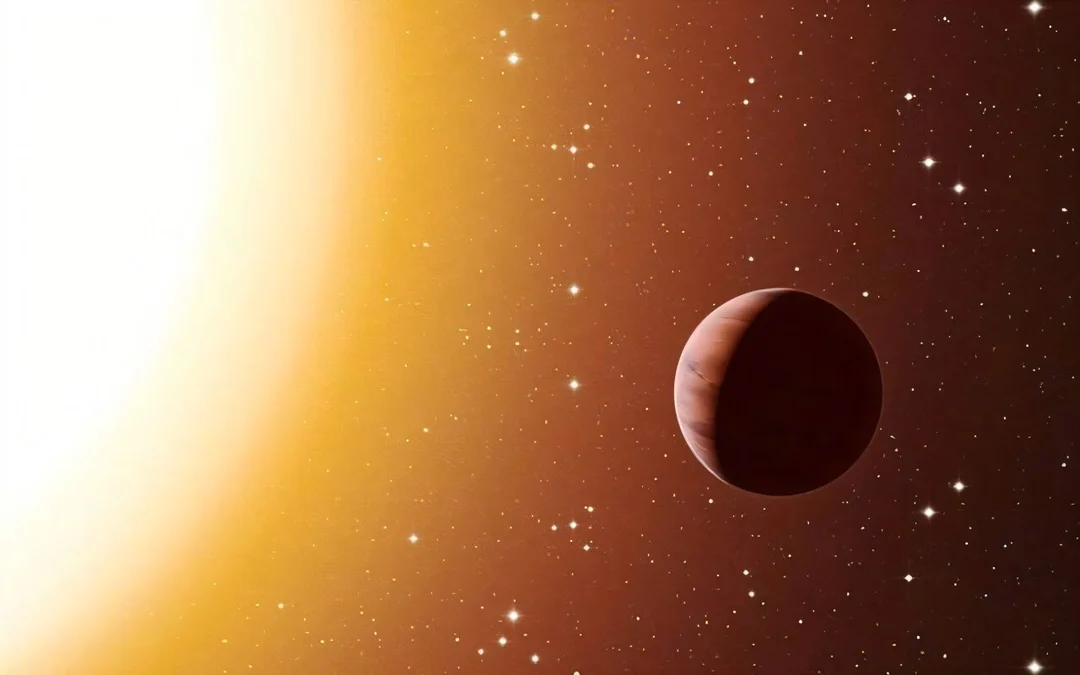
Hidden Planet Unveiled: Wobbling Exoplanet Reveals Secret Companion in Distant Star System
In a groundbreaking discovery, astronomers have detected a hidden planet lurking in a distant solar system, thanks to a subtle wobble in the orbit of a known exoplanet. This discovery, centered around the exoplanet Puli (HAT-P-12b), sheds light on the intricate dynamics of far-off planetary systems. The research highlights the power of precise astronomical measurements in unveiling unseen worlds.

The story began with Puli, a “sub-Saturn” sized planet approximately 463 light-years away. Astronomers observed that Puli's transits across its star, Komondor (HAT-P-12), were not occurring at perfectly regular intervals. Instead, the transits varied by up to two minutes earlier or later than predicted – a phenomenon known as transit timing variations (TTVs).
Led by Kaviya Parthasarathy from National Tsing Hua University in Taiwan, a team meticulously analyzed 46 transit light curves of Puli, leveraging data from ground-based telescopes and NASA’s Transiting Exoplanet Survey Satellite (TESS). This comprehensive analysis aimed to decipher the cause of these mysterious timing shifts.
The team explored several orbital models to explain the anomalies. A simple linear model, assuming a perfectly periodic orbit, failed to account for the observed variations. Similarly, an orbital decay model, suggesting a shrinking orbit due to tidal forces, also proved inadequate. An apsidal precession model, which considered a slightly elliptical orbit, offered a better fit, but still fell short of fully explaining the data.
The breakthrough came with the application of a sinusoidal model. This model posited that the gravitational pull of a second, unseen planet was causing periodic variations in Puli’s orbit. The analysis suggests that this companion planet has an orbital period of approximately 6.24 days and a mass roughly 2% that of Jupiter. This sinusoidal model predicted a TTV amplitude of about 2.6 minutes, aligning remarkably well with the observed data.
Researchers even explored alternative explanations, such as the Applegate mechanism, where changes in the star itself could affect TTV measurements. However, this effect's predicted amplitude was far too small to account for the observed deviations.
This discovery underscores the importance of continuous data collection and sophisticated analysis techniques in the search for exoplanets. As we gather more data on exoplanetary systems, we are likely to uncover more hidden companions and gain deeper insights into the dynamics of these distant worlds.
How many more hidden planets are waiting to be discovered in our galaxy? Leave your thoughts and comments below!